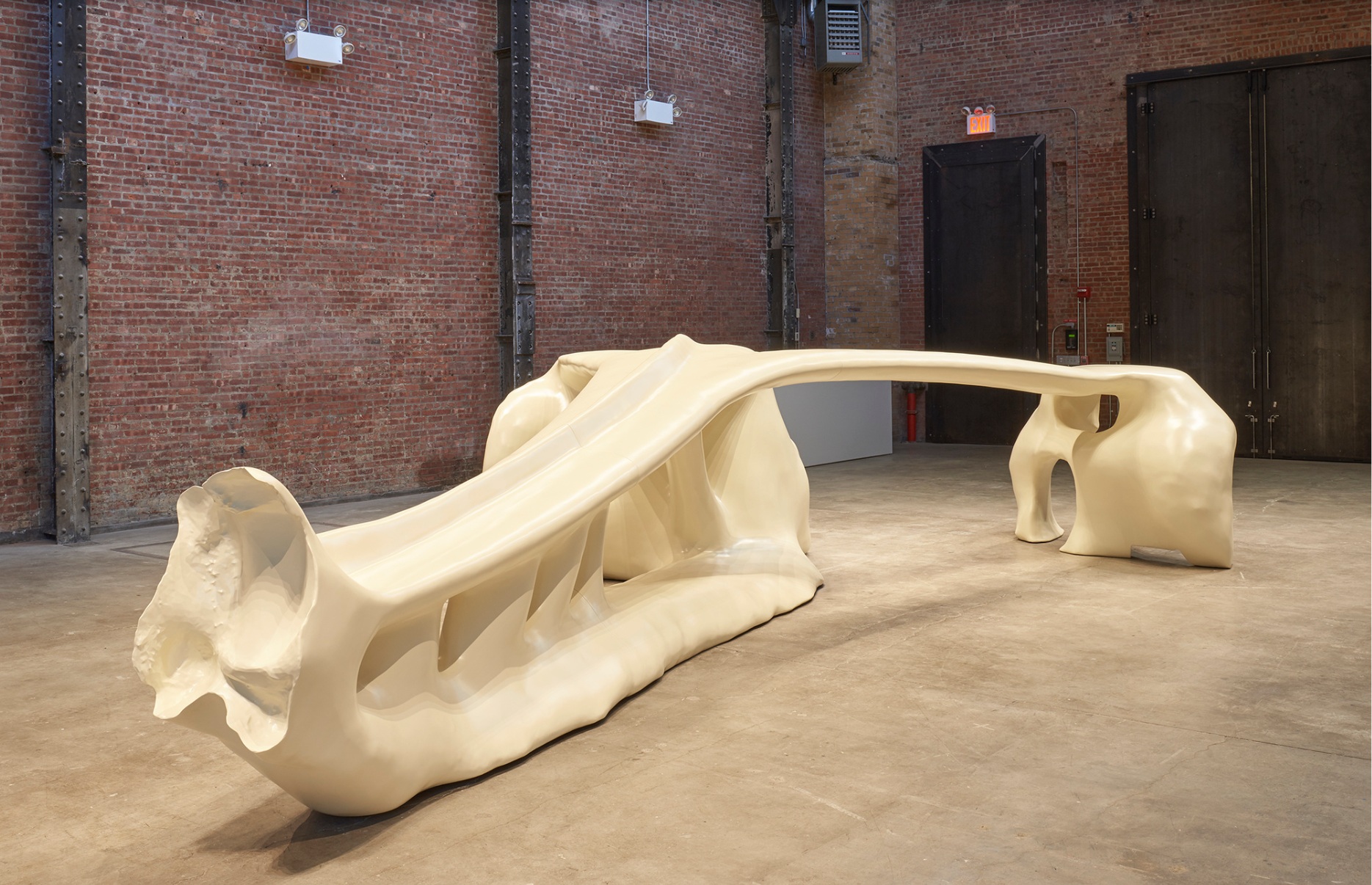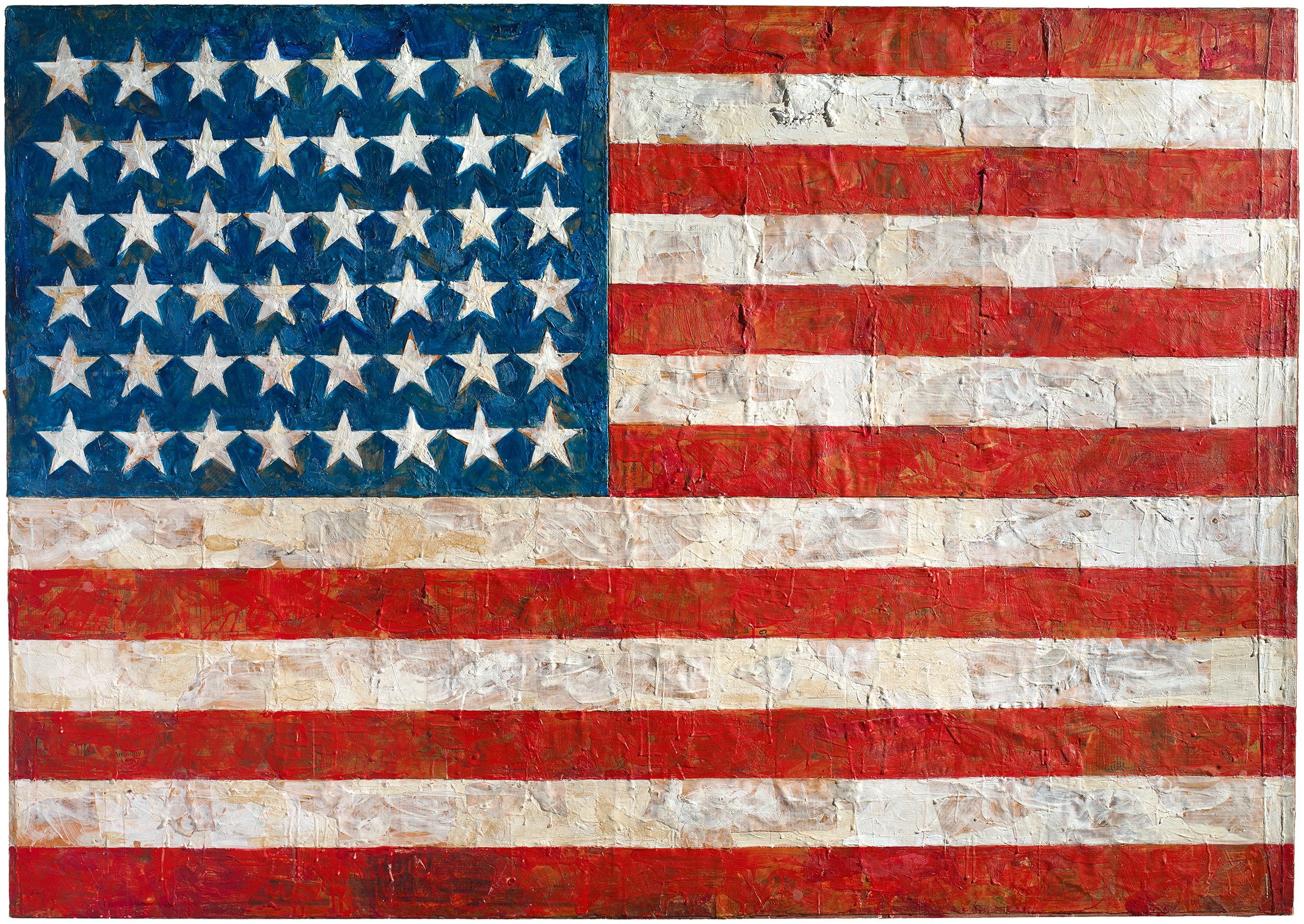(IM)MORTALITY

(IM)MORTALITY
John Bruce and Pawel Wojtasik, with a performance by Matt Freedman
Park Place Gallery
May 20, 2020
By Taney Roniger
Ram Dass 1931-2019
(This review was originally published in the June 2018 issue of The Brooklyn Rail)
It begins with a looming black screen. Inside a small room that has been fashioned into a theater, a crowd has gathered to immerse itself in a subject we spend most of our lives denying. For the first minute and a half of the film, we stare into the gaping abyss while a male voice tells a Groucho Marx joke, speculates about the metaphysics of card tricks, and recounts the persistence of the black hole motif in the Roadrunner cartoon. When the first image comes, it’s ghastly: a face mask of sorts under whose mesh-like surface a human tongue strains to move. Over the next fifteen minutes the absurdity of the human condition plays itself out in a handful of long shots that alternate between fraught and jarring and disarmingly comedic. Periodically our monologist appears on screen, a slim man in his 60s who scribbles pictures as he speaks, his pad of paper suspended over his torso by a strap around his neck.
The subject is death – or, rather, its gnawing presence in our lives. Part of a larger project in which filmmakers John Bruce and Pawel Wojtasik trained as end-of-life doulas and spent several years filming five people approaching the final quietus, the exhibition extends the artists’ work with two of their subjects, performance artist Matt Freedman and the spiritual leader Ram Dass. As with the larger project, which yielded a feature-length documentary called End of Life (2017), the works presented here were driven by a single question: How can we move from a place of fear to one of acceptance in the face of death? The artists don’t pretend to have an answer, but with four exquisitely crafted videos and a surprise event on opening night, the question becomes, if not more palatable, more tolerable to contemplate.
But not without a visceral struggle on our part. Indeed, if the opening film is unsettling in its ambivalence, the mood becomes all the more so as soon as it ends. For before the lights come back on, from down a dark hallway behind the screen a man emerges. Draped in the same drawing pad he wears in the film, the now flesh-and-blood performer announces that he has cancer. The silence of the audience sinks to another register. No longer at a remove through the mediation of a lens, we are now in direct confrontation with the specter of death. Leavened by more digressions into metaphysics and magic tricks, the monologue shifts to a recounting of the man’s treatments: the radiation to his tongue and neck, which rendered him speechless for a time; the ghoulish face mask fabricated to keep his head in place during procedures; the body mold made when the cancer spread to his spine; and the x-rays of his tumor-ridden lungs, which he likens to the starry firmament. All the while he draws, tearing sheets of paper to the floor as they’re spent. The discomfiting sense descends that all our grasping for knowledge, like all the heroic efforts of modern medicine, is but a futile attempt to triumph over the inevitable. Behind the ever-diminishing pad of scribbles lies the brute fact of this man’s carnality. We are bodies, and therefore we die.
If the futility of our search for answers is where we’re left after the performance, a way out is offered, mercifully, in the rest of the show. In the three remaining videos, Ram Dass, the Harvard professor turned guru, offers us not speech but silence. (The one sentence he utters – “In our culture, almost everybody is afraid of death” – comes after a full seven minutes void of speech as he gazes into the camera.) Approaching ninety, he is visibly frail. But in the penetrating radiance of his eyes is a peace that speaks of a deeper knowledge. Is there another realm we enter into when we die? A place beyond time and the burdens of the body? For Ram Dass, there is such a place, and that place is Love. Even for those of us who resist belief in an afterlife, in the presence of such uncanny equanimity the mind softens to its possibility. We might think about where we were before we were born. If that is Love – or timelessness, or the infinite, or eternity – then perhaps there really is nothing to be afraid of. We have, after all, been there before.
In a culture in which aging and death are treated as pathologies, the opportunity to be present to our own mortality, absent of judgment, is rare indeed. Yet this is precisely what Bruce and Wojtasik have achieved, with unflinching courage and a patience beyond measure. But what makes their project all the more remarkable is both their refusal of sentimentality and their sensitivity to the fundamental paradox of the human condition. Both animal and symbol-making being endowed with the capacity to conceive transcendence, we're precariously perched between finitude and the infinite. To deny either aspect is to deny our humanness, and with the duality comes conflict. But as this work suggests, with minds capable of so much freedom we can work our way toward the surrender that will allow us, yes, to go gentle into that good night.





